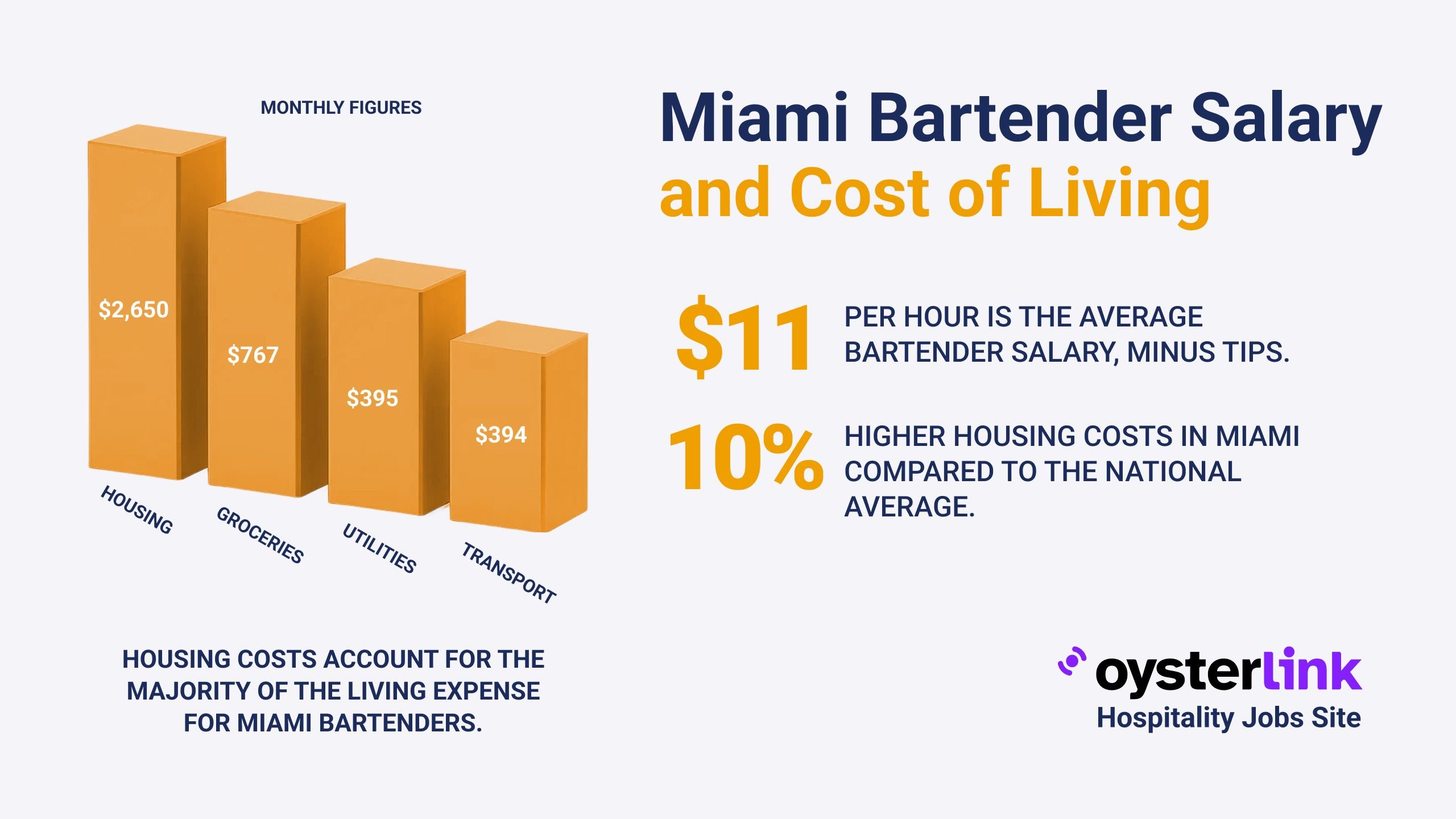New York City Restaurant Job Posting Template: Key Takeaways
- Use clear, specific job titles and detailed descriptions tailored for New York City neighborhoods.
- Incorporate local SEO keywords, such as “restaurant jobs in New York City” and neighborhood names like SoHo or Williamsburg, to attract targeted candidates.
- Maintain consistent Name, Address, and Phone (NAP) details and leverage local job boards for broader visibility.
Creating an effective restaurant job posting in New York City means blending clear role descriptions with smart SEO tactics.
This helps you find qualified candidates by targeting localized searches in this competitive market.
1. Creating a Clear Restaurant Job Posting Template for New York City
An effective job posting should immediately inform potential applicants about the position, location, and expectations. Start with a concise yet descriptive job title that includes the specific role and the restaurant’s name, like “Server at Bella’s Bistro, New York City.” For guidance on writing effective job descriptions tailored to server roles, consider reviewing our server job description.
Next, craft a detailed job description outlining key responsibilities and qualifications, emphasizing the unique aspects of your restaurant and neighborhood. For example, mentioning your establishment is located in Williamsburg or the Financial District can help candidates visualize the workplace environment and commute.
Sample Job Posting Template for NYC Restaurants
Job Title: [Specific Position] at [Restaurant Name], New York City
Job Description:
We are seeking a dedicated [Position] to join our team at [Restaurant Name], located in the heart of [Neighborhood], New York City. The ideal candidate will have experience in [specific skills or cuisine], a passion for hospitality, and the ability to thrive in a fast-paced environment.
Responsibilities:
- Greet and serve guests with professionalism and warmth.
- Manage [specific tasks, e.g., order taking, food preparation] efficiently.
- Maintain cleanliness and organization in the [specific area, e.g., dining area, kitchen].
- Collaborate with team members to ensure seamless service.
Qualifications:
- Previous experience in a [specific role, e.g., server, line cook] within a [cuisine type] restaurant.
- Excellent communication and interpersonal skills.
- Ability to work flexible hours, including weekends and holidays.
- Knowledge of [specific systems or languages, if applicable].
Benefits:
- Competitive salary based on experience.
- Opportunities for career advancement.
- Employee discounts and meal benefits.
- Health and wellness programs.
Application Instructions:
Please submit your resume and a brief cover letter detailing your relevant experience to [contact email or application link].
For employers looking to improve their hiring process, our spotlight on restaurant staff hiring offers valuable tips.
2. Optimizing Restaurant Job Postings for Local SEO in NYC
To stand out in the crowded New York City job market, optimizing your posting for local SEO is essential. This helps your vacancy appear prominently in relevant searches conducted by job seekers.
Location-Specific Keywords for NYC Restaurant Jobs
Incorporate phrases such as “restaurant jobs in New York City,” “server positions in Manhattan,” or “chef openings in Brooklyn.” These keywords align your posting with common search terms candidates use when looking for jobs in specific areas.
Optimizing for “Near Me” Searches in the Restaurant Industry
Many candidates use phrases like “restaurant hiring near me” or “hospitality jobs near SoHo.” Including “near me” and neighborhood names in your posting boosts visibility for candidates conducting location-centered searches.
Highlighting Neighborhoods and Landmarks
Explicitly mentioning neighborhoods, such as SoHo, Williamsburg, or the Upper East Side, and nearby landmarks can attract candidates familiar with or living in those areas. This creates a connection and signals a convenient job location.
Leveraging Local Job Boards and Directories
Post your job on platforms popular in New York City’s restaurant and hospitality community, such as Yelp NYC, the New York Chamber of Commerce Directory, and CitySearch NYC. These channels increase the exposure of your job listing to a targeted local audience.
Maintaining Consistent NAP Information
Ensure your restaurant’s Name, Address, and Phone number are consistently displayed across all job postings and online listings. Consistency helps search engines trust your business information, improving your job post’s ranking and credibility.
Encouraging Employee Reviews for Better Local Reputation
Positive employee reviews on Google, Yelp, and other platforms not only boost your general reputation but also enhance your search visibility. Encourage satisfied employees to leave honest reviews, which can make your job postings more appealing to candidates.
Optimizing Your Careers Page for SEO
If your restaurant website includes a careers page, make sure it is mobile-friendly and quick to load. Use relevant local keywords naturally within the content to help it rank well on search engines, improving organic traffic to your job postings.
For examples of well-optimized careers pages and insights on career paths in hospitality, see our guides on the restaurant consultant career and server career overview.
3. Additional Tips for a Successful Restaurant Job Posting in NYC
Besides local SEO and template details, consider these practical tips:
- Be specific about hours and flexibility: NYC hospitality workers often look for clarity around shifts, so detailing expectations can save time for both parties.
- Highlight career growth opportunities: New York City candidates may prioritize jobs offering learning and advancement in a competitive restaurant scene.
- Showcase benefits relevant to NYC workers: Include perks like transportation subsidies, meal discounts, or health programs tailored for urban employees.
To attract top kitchen talent, learn more about how to hire a kitchen manager in our spotlight on hiring a kitchen manager.
4. Important Local Resources for Restaurant Employers in New York City
To ensure compliance with local laws and understand worker rights, use these official resources:
- New York State Department of Labor – For up-to-date labor regulations and wage information.
- U.S. Department of Labor – Fair Labor Standards Act (FLSA) – For federal wage and hour laws relevant to tipped employees.
- New York City Business Portal – For business compliance, licensing, and hiring resources in NYC.
Additional insights on the costs and strategies for hiring employees can support your planning process.
Conclusion: New York City Restaurant Job Posting with SEO
Combining a clear, attractive, and well-structured job posting template with savvy local SEO strategies can significantly improve your ability to attract talented New York City restaurant professionals.
By focusing on neighborhood keywords, local job boards, and consistent business information, you position your job listing to rank higher in search results and appeal to qualified candidates ready to join your team.
Employers interested in learning how to hire effectively can benefit from our spotlight on how to hire servers, which covers essential strategies for hospitality hiring success.


.png)

.png)
.jpg)